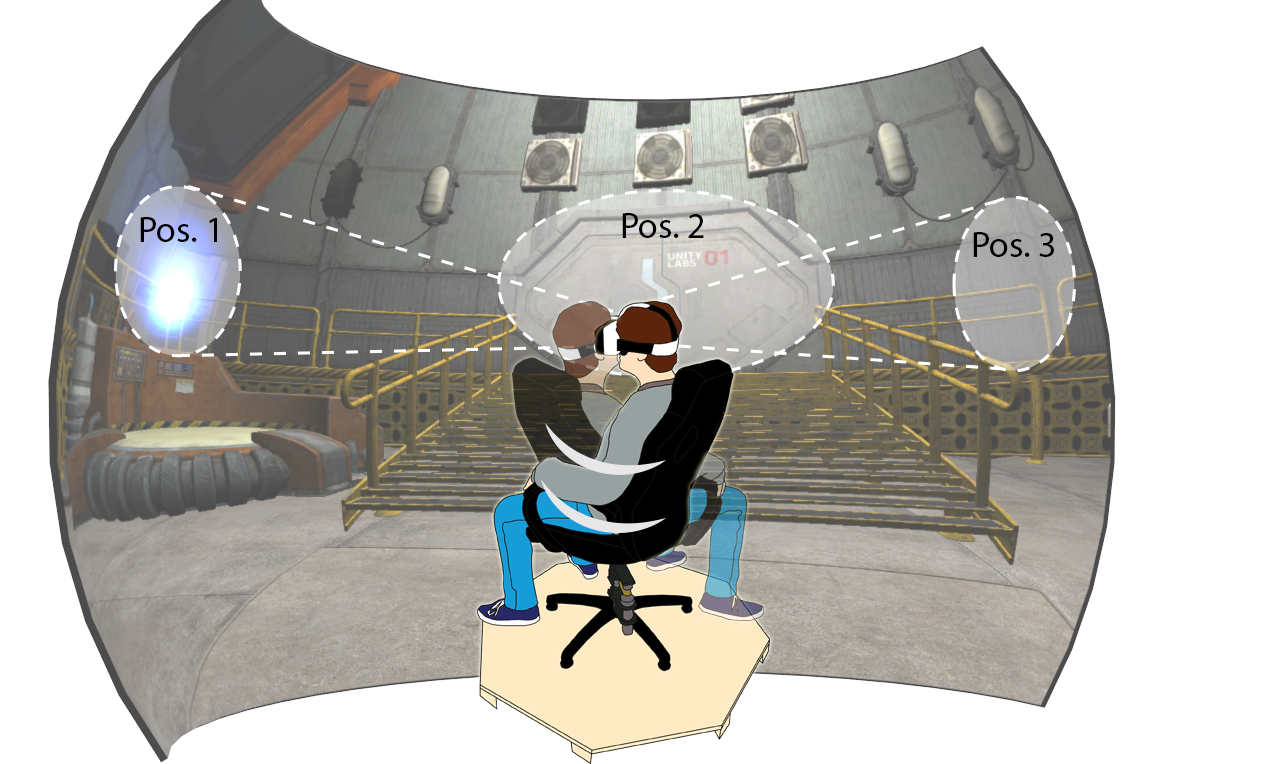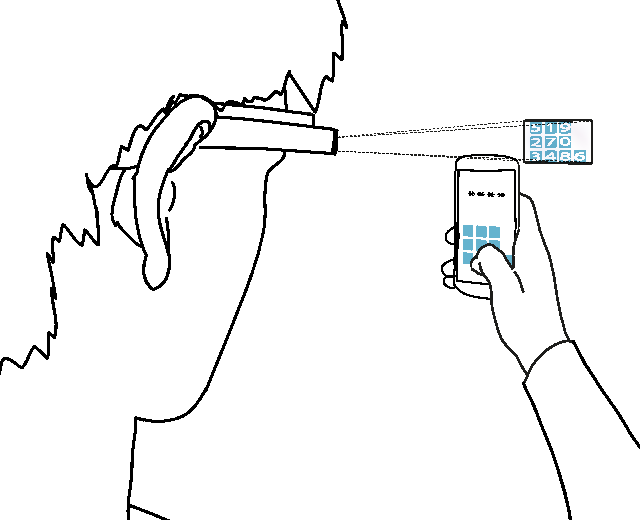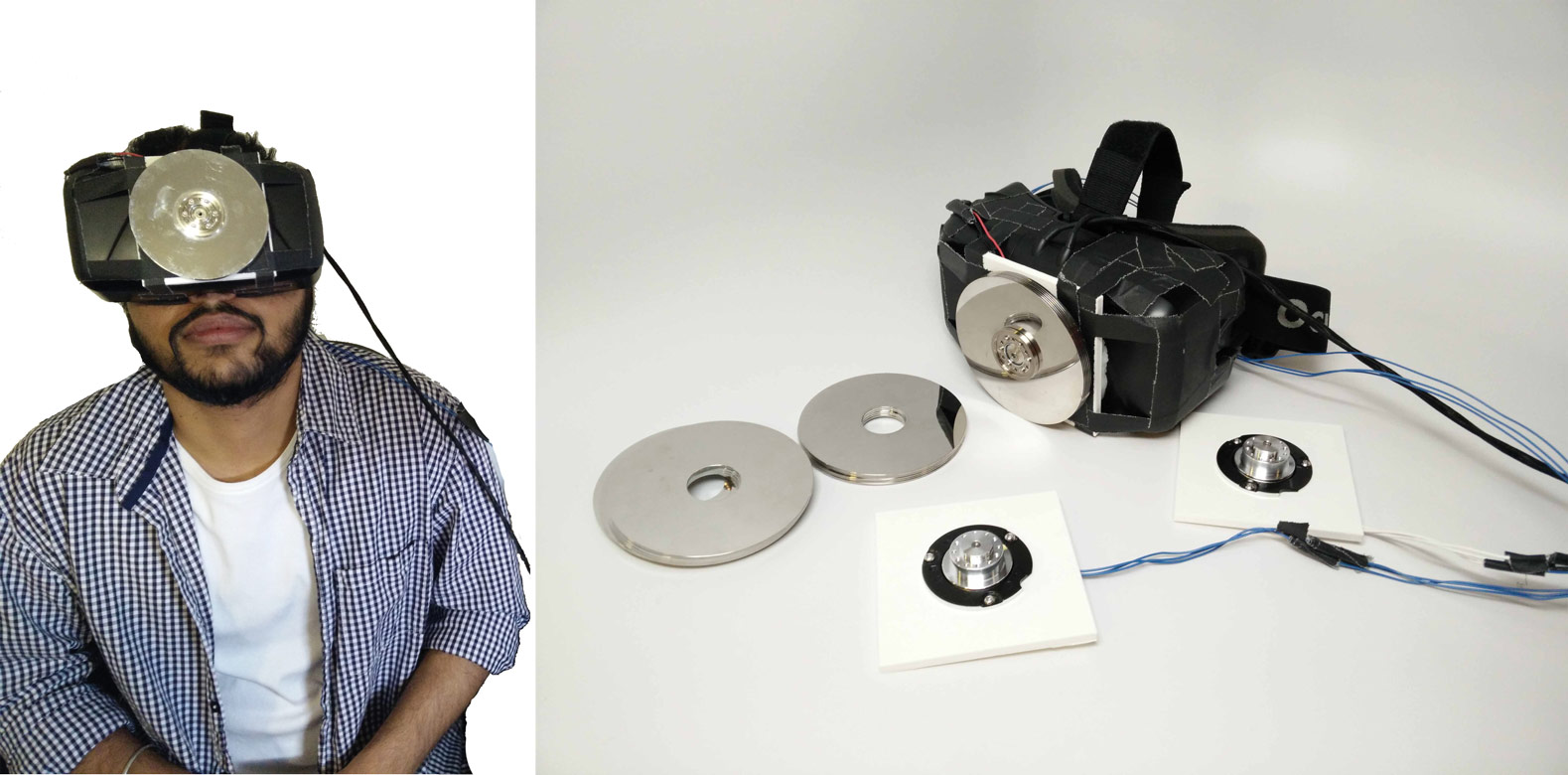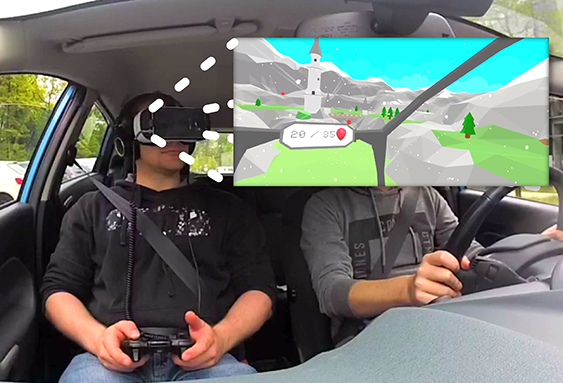Diese Seite wird nicht mehr aktualisiert.
Weitere Informationen finden Sie unter einer externen Seite.
(Stand Januar 2021)
Diese Seite wird nicht mehr aktualisiert.
Weitere Informationen finden Sie unter einer externen Seite.
(Stand Januar 2021)

Jan Gugenheimer ist der HCI Gruppe im März 2014 beigetreten. Davor war er Wissenschaftlicher Mitarbeiter an der ETH Zürich in den Auto-ID Labs. Während seines Studiums absolvierte er mehrere praktische Einsätze bei der Daimler AG und IBM.
Jan hat einen M.Sc. in Medieninformatik (2014) von der Universität Ulm. Seine Masterarbeit fertigte er in dem Forschungszentrum von Mercedes-Benz in Palo Alto an. Der Titel der Arbeit lautete: Implementation and Evaluation of an Easy and Secure User Authentication Method for Web Applications inside the Car .
Er erreichte einen Doktorgrad, verliehen von der Universität Ulm, am 24. Juli 2019 für seine Dissertation mit dem Titel Nomadic Virtual Reality: Overcoming Challenges of Mobile Virtual Reality Head-Mounted Displays.
2019 verlagerte er seinen beruflichen Schwerpunkt zum Institut Polytechnique de Paris (Télécom Paris).
Ende 2020 gab er seine Beratertätigkeit in Ulm auf.
Bei Interesse schreiben Sie mir einfach eine Mail oder kommen in meinem Büro vorbei.
We present FaceTouch, a mobile Virtual Reality (VR) headmounted display (HMD) that leverages the backside as a touch-sensitive surface. FaceTouch allows the user to point at and select virtual content inside their field-of-view by touching the corresponding location at the backside of the HMD utilizing their sense of proprioception. This allows for a rich interaction (e.g. gestures) in mobile and nomadic scenarios without having to carry additional accessories (e.g. gamepad). We built a prototype of FaceTouch and present interaction techniques and three example applications that leverage the FaceTouch design space.
Read more...

Since 360 degree movies are a fairly new medium, creators are facing several challenges such as controlling the attention of a user. In traditional movies this is done by applying cuts and tracking shots which is not possible or advisable in VR since rotating the virtual scene in front of the user’s eyes will lead to simulator sickness. One of the reasons this effect occurs is when the physical movement (measured by the vestibular system) and the visual movement are not coherent.
Read more...

Glass Unlock is a novel concept using smart glasses for smartphone unlocking, which is theoretically secure against smudge attacks, shoulder-surfing, and camera attacks. By introducing an additional temporary secret like the layout of digits that is only shown on the private near-eye display, attackers cannot make sense of the observed input on the almost empty phone screen.
Read more...

GyroVR uses head worn flywheels designed to render inertia in Virtual Reality (VR). Motions such as flying, diving or floating in outer space generate kinesthetic forces onto our body which impede movement and are currently not represented in VR. GyroVR simulates those kinesthetic forces by attaching flywheels to the users head which leverage the gyroscopic effect of resistance when changing the spinning axis of rotation.
Read more...

Mobile virtual reality (VR) head-mounted displays (HMDs) allow users to experience highly immersive entertainment whilst being in a mobile scenario. Long commute times make casual gaming in public transports and cars a common occupation. However, VR HMDs can currently not be used in moving vehicles since the car’s rotation affects the HMDs sensors and simulator sickness occurs when the visual and vestibular system are stimulated with incongruent information. We present CarVR, a solution to enable VR in moving vehicles by subtracting the car’s rotation and mapping vehicular movements with the visual information.
Read more...
Virtual reality (VR) head-mounted displays (HMD) allow for a highly immersive experience and are currently becoming part of the living room entertainment. Current VR systems focus mainly on increasing the immersion and enjoyment for the user wearing the HMD (HMD user), resulting in all the bystanders (Non-HMD users) being excluded from the experience. We propose ShareVR, a proof-of-concept prototype using floor projection and mobile displays in combination with positional tracking to visualize the virtual world for the Non-HMD user, enabling them to interact with the HMD user and become part of the VR experience.
Read more...
Mobile VR HMDs enable scenarios where they are being used in public, excluding all the people in the surrounding (Non-HMDUsers) and reducing them to be sole bystanders. We present FaceDisplay, a modified VR HMD consisting of three touch sensitive displays and a depth camera attached to its back. People in the surrounding can perceive the virtual world through the displays and interact with the HMD user via touch or gestures.
Read more...
| DOI: | 10.1145/2494091.2494113 |
| Datei: |